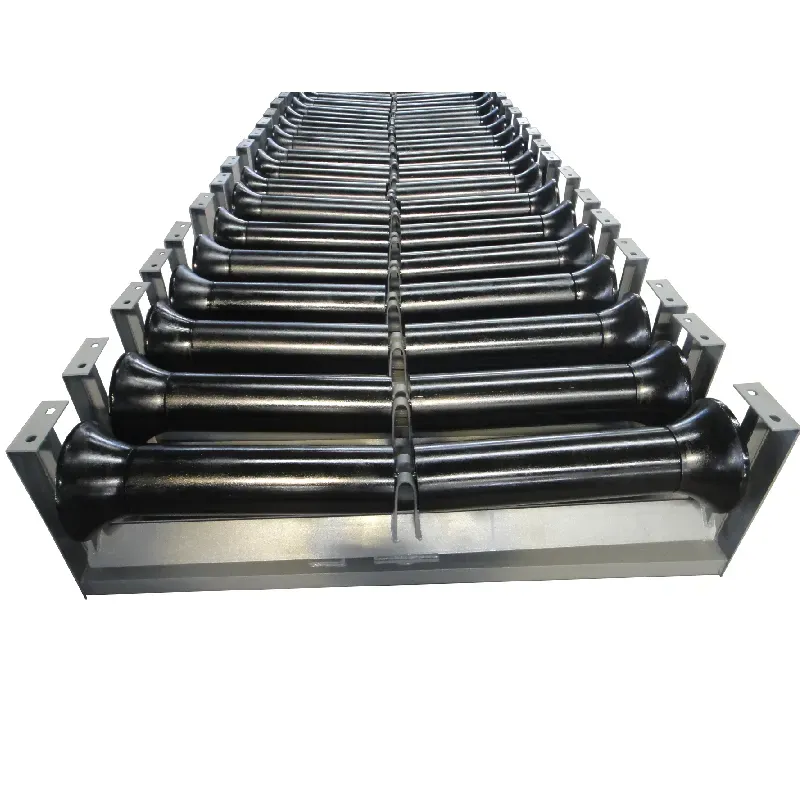 Afrikaans
Afrikaans  Albanian
Albanian  Amharic
Amharic  Arabic
Arabic  Armenian
Armenian  Azerbaijani
Azerbaijani  Basque
Basque  Belarusian
Belarusian  Bengali
Bengali  Bosnian
Bosnian  Bulgarian
Bulgarian  Catalan
Catalan  Cebuano
Cebuano  Corsican
Corsican  Croatian
Croatian  Czech
Czech  Danish
Danish  Dutch
Dutch  English
English  Esperanto
Esperanto  Estonian
Estonian  Finnish
Finnish  French
French  Frisian
Frisian  Galician
Galician  Georgian
Georgian  German
German  Greek
Greek  Gujarati
Gujarati  Haitian Creole
Haitian Creole  hausa
hausa  hawaiian
hawaiian  Hebrew
Hebrew  Hindi
Hindi  Miao
Miao  Hungarian
Hungarian  Icelandic
Icelandic  igbo
igbo  Indonesian
Indonesian  irish
irish  Italian
Italian  Japanese
Japanese  Javanese
Javanese  Kannada
Kannada  kazakh
kazakh  Khmer
Khmer  Rwandese
Rwandese  Korean
Korean  Kurdish
Kurdish  Kyrgyz
Kyrgyz  Lao
Lao  Latin
Latin  Latvian
Latvian  Lithuanian
Lithuanian  Luxembourgish
Luxembourgish  Macedonian
Macedonian  Malgashi
Malgashi  Malay
Malay  Malayalam
Malayalam  Maltese
Maltese  Maori
Maori  Marathi
Marathi  Mongolian
Mongolian  Myanmar
Myanmar  Nepali
Nepali  Norwegian
Norwegian  Norwegian
Norwegian  Occitan
Occitan  Pashto
Pashto  Persian
Persian  Polish
Polish  Portuguese
Portuguese  Punjabi
Punjabi  Romanian
Romanian  Russian
Russian  Samoan
Samoan  Scottish Gaelic
Scottish Gaelic  Serbian
Serbian  Sesotho
Sesotho  Shona
Shona  Sindhi
Sindhi  Sinhala
Sinhala  Slovak
Slovak  Slovenian
Slovenian  Somali
Somali  Spanish
Spanish  Sundanese
Sundanese  Swahili
Swahili  Swedish
Swedish  Tagalog
Tagalog  Tajik
Tajik  Tamil
Tamil  Tatar
Tatar  Telugu
Telugu  Thai
Thai  Turkish
Turkish  Turkmen
Turkmen  Ukrainian
Ukrainian  Urdu
Urdu  Uighur
Uighur  Uzbek
Uzbek  Vietnamese
Vietnamese  Welsh
Welsh  Bantu
Bantu  Yiddish
Yiddish  Yoruba
Yoruba  Zulu
Zulu types of conveyor idlers
Understanding the Types of Conveyor Idlers
Conveyor systems are vital in various industries, facilitating the efficient movement of materials over great distances. A critical component of these systems is the conveyor idler. Idlers play a significant role in supporting the conveyor belt and allowing it to operate smoothly. Understanding the different types of conveyor idlers is essential for selecting the right equipment for specific applications and optimizing the performance of conveyor systems.
What are Conveyor Idlers?
Conveyor idlers are cylindrical rollers positioned along the length of a conveyor belt to support it and maintain its alignment. They help reduce friction, extend the lifespan of the belt, and ensure efficient material handling. Idlers come in various designs and configurations, each intended for specific functions within the conveyor system.
Types of Conveyor Idlers
1. Type of Idlers Based on Function - Carrying Idlers These are the most common type of idlers, designed to support the load on the conveyor belt. They are positioned in alignment with the load-carrying section of the belt and are often designed with a specific angle to help facilitate material flow.
- Return Idlers As the name suggests, return idlers support the return section of the conveyor belt
. They help keep the belt in position as it returns to the loading point, ensuring that it maintains its structural integrity.- Impact Idlers These idlers are placed at the loading points where the material is added to the conveyor. They are designed to absorb the shock of heavy materials falling onto the belt, mitigating damage to the belt and the support structure.
2. Type of Idlers Based on Design
types of conveyor idlers

- Flat Idlers Flat idlers are straightforward in design, featuring a simple cylindrical shape. They are most commonly used in applications involving light to moderately heavy loads and are suitable for straight belt runs.
- Trough Idlers Trough idlers have a concave shape that allows them to cradle the conveyor belt, providing a stable surface for conveying the material. The typical angles for troughing idlers are 20, 35, and 45 degrees, with the 35-degree option being the most prevalent for heavy-duty applications. Their design reduces spillage and keeps the conveyed material contained.
- Guide Idlers These idlers help keep the conveyor belt aligned and prevent it from drifting off its path. They are particularly useful in applications where the belt is exposed to lateral forces or movement.
3. Type of Idlers Based on Material
- Steel Idlers Steel is commonly used for heavy-duty applications due to its strength and durability. Steel idlers are resistant to wear and tear, making them suitable for handling abrasive materials.
- Plastic Idlers Plastic idlers are often chosen for lighter, less abrasive materials. They offer advantages such as reduced weight and corrosion resistance, making them ideal for environments where rust can be a concern.
- Composite Idlers Composite idlers combine the benefits of both materials, providing strength while reducing weight. These idlers are gaining popularity in various industries as they balance durability with ease of installation.
Conclusion
Selecting the right type of conveyor idler is crucial for the efficiency and longevity of a conveyor system. Factors such as load type, environmental conditions, and intended application all influence the choice of idlers. Understanding the different types—carrying, return, impact, flat, trough, guide, and their materials—enables industries to optimize their conveyor systems. Investing in the correct idlers not only enhances productivity but also minimizes maintenance costs, leading to overall operational efficiency. By recognizing the role of conveyor idlers, businesses can ensure seamless material handling in their processes, resulting in increased output and reduced downtime.
-
Revolutionizing Conveyor Reliability with Advanced Rubber Lagging PulleysNewsJul.22,2025
-
Powering Precision and Durability with Expert Manufacturers of Conveyor ComponentsNewsJul.22,2025
-
Optimizing Conveyor Systems with Advanced Conveyor AccessoriesNewsJul.22,2025
-
Maximize Conveyor Efficiency with Quality Conveyor Idler PulleysNewsJul.22,2025
-
Future-Proof Your Conveyor System with High-Performance Polyurethane RollerNewsJul.22,2025
-
Driving Efficiency Forward with Quality Idlers and RollersNewsJul.22,2025





























